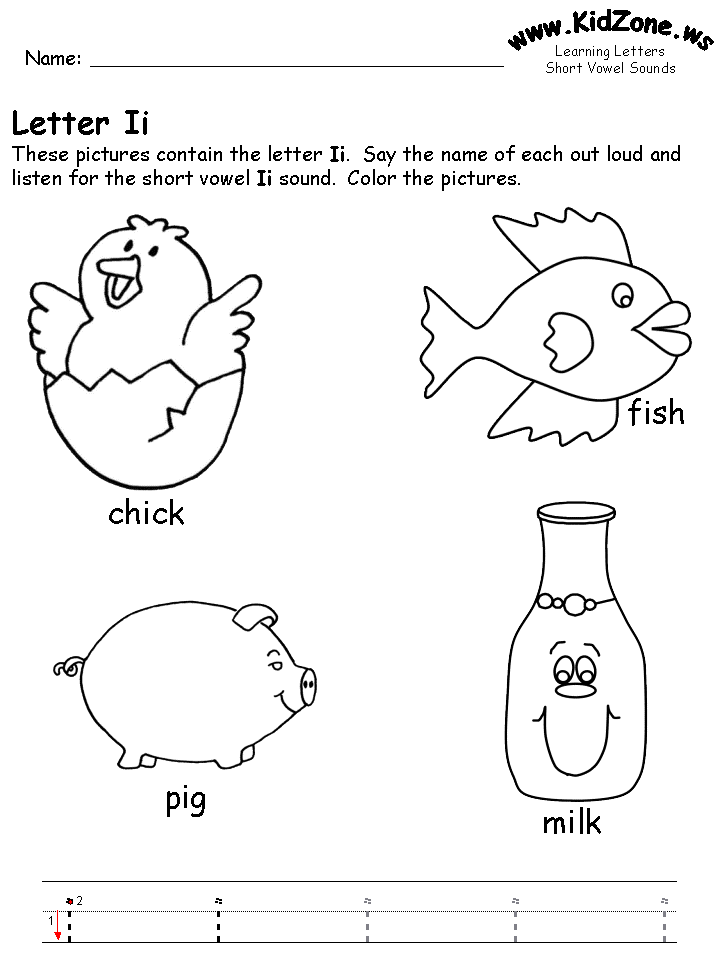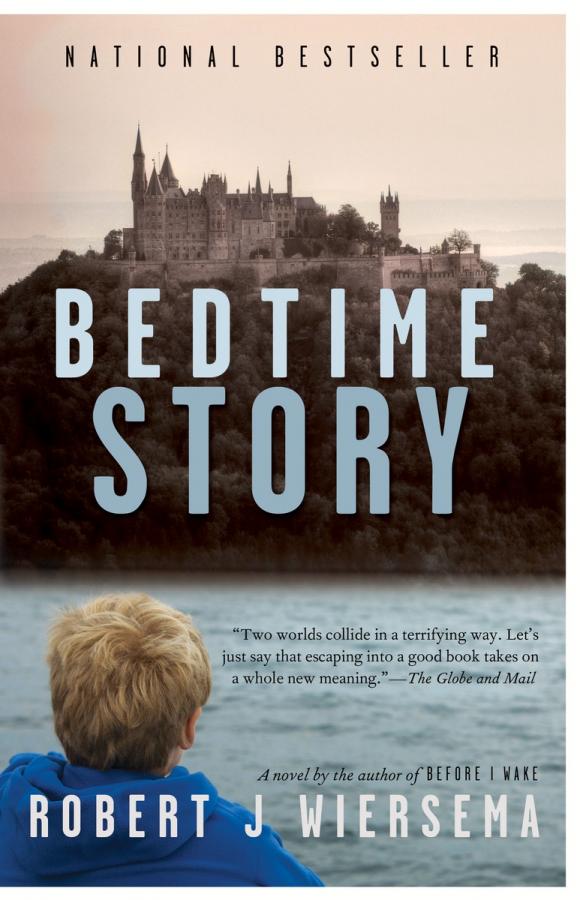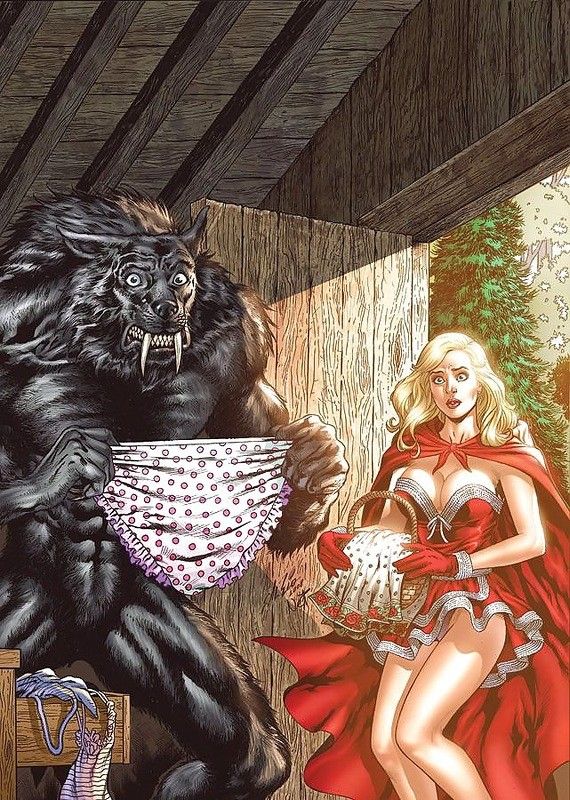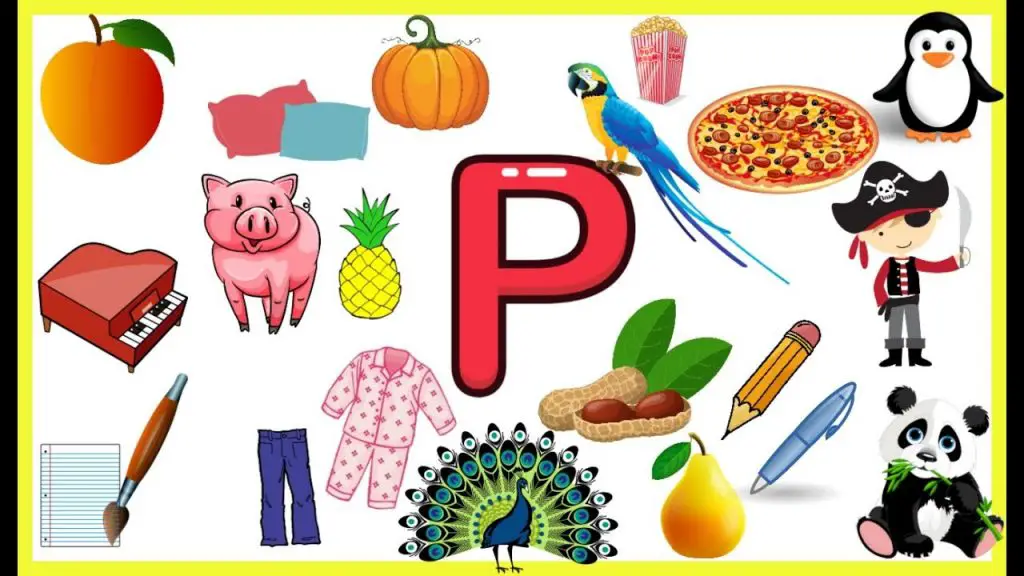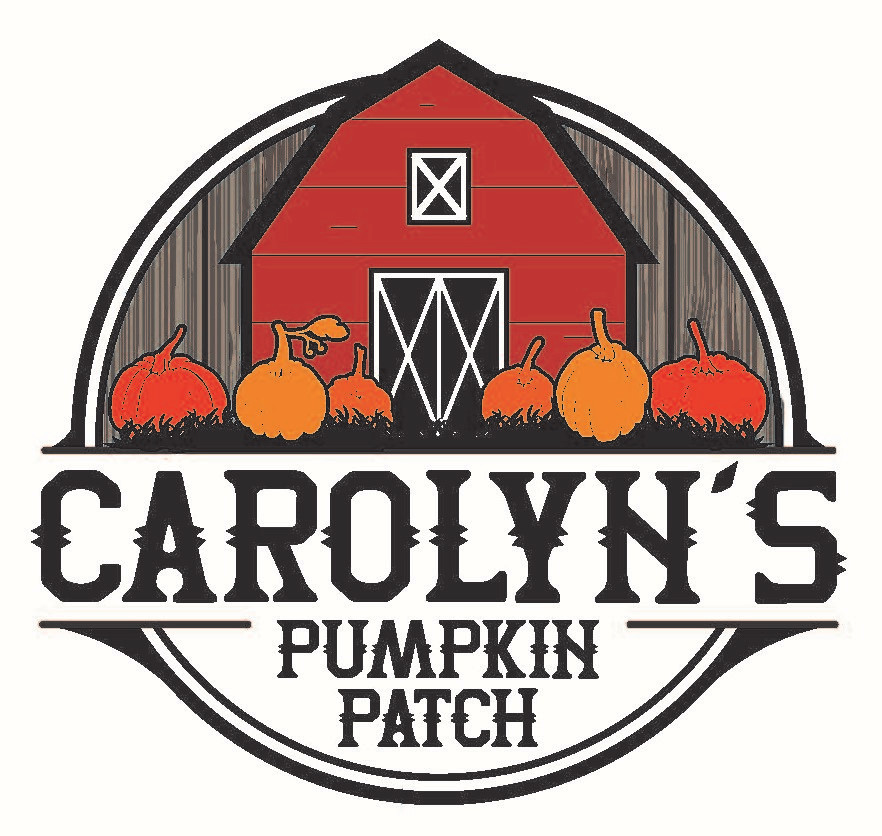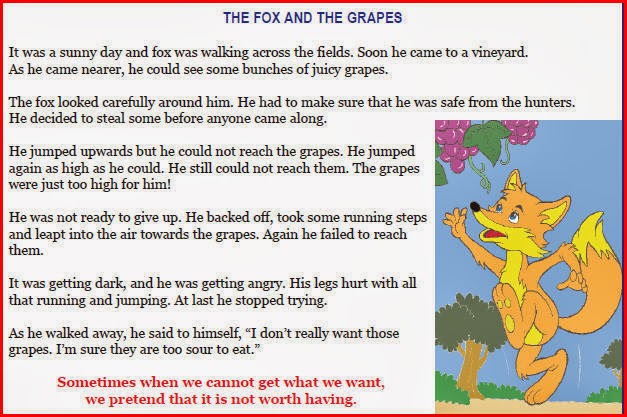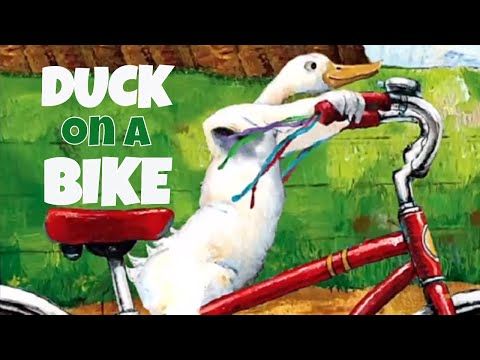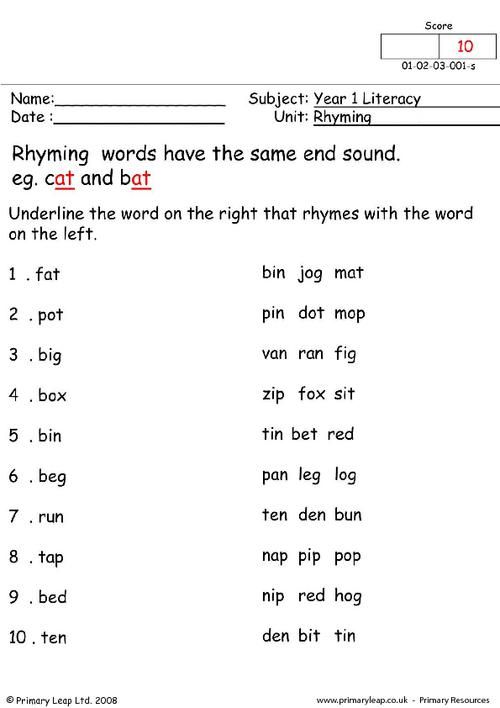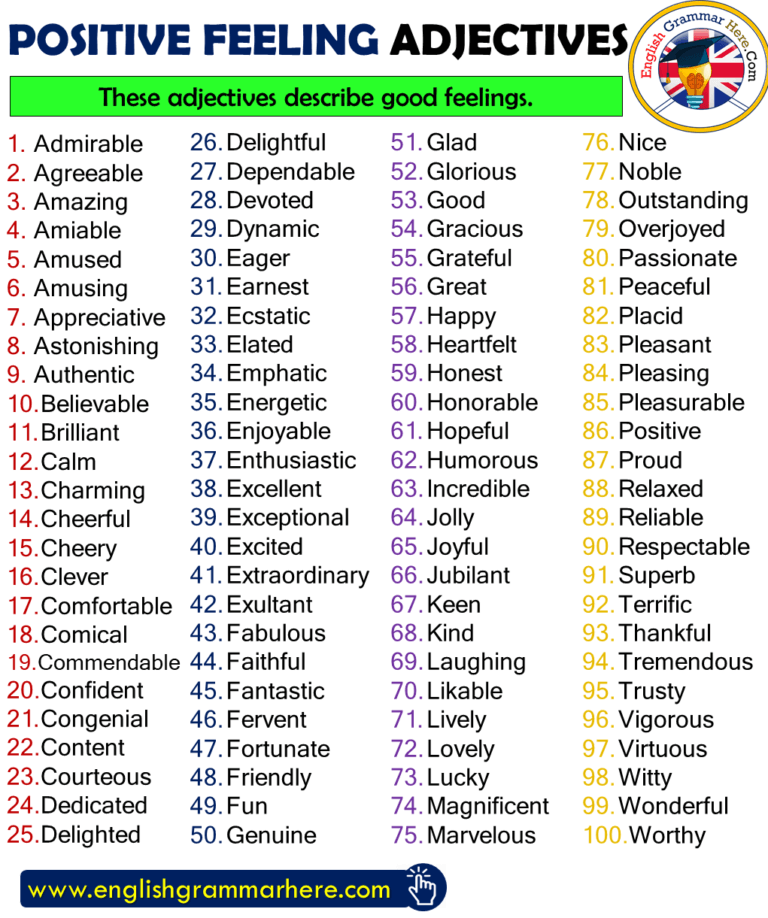Lesson plan vowels kindergarten
Recognizing Vowels Lesson Plan
Objectives:
- Students will learn how to recognize and remember the vowels as a subset of letters, as distinguished from consonants.
- Students will become familiar with capital and lower-case forms of vowels.
About the Concept:
Recognizing and distinguishing vowels from consonants is an important step in the development of reading and writing skills since all words and all syllables in words contain at least one vowel. Once students recognize the vowels in both capital and lower-case forms, the stage is set for learning rules and spelling patterns for short and long vowels, final vowels, unaccented vowels, diphthongs, digraphs, silent vowels, and irregular spellings. The vowels in written English are
a, e, i, o, u and sometimes y. The letter y is a vowel when it occurs in medial or final position within a word or syllable or when it occurs in initial position in proper names like Yves, Yvonne, and Yvette (pronounced EEV, ee-VON, and ee-VET). (The letter w may also act like a vowel if it follows the letters a, e, or o.) When students have learned to recognize the vowels in Name Those Vowels, they can learn the long and short vowel sounds through the song, Oh, Do You Know? (Sing Your Way Through Phonics, Volume 1). Some other songs that teach students about vowels are the Volume 1 song, Silent E, the Volume 2 Songs, Cool Vowels, The Right Diphthong, and I Before E, and the Volume 3 songs Why Does Y? and Drop It!.
Materials:
- Sing Your Way Through Phonics Volume 1 CD, Tracks 7 and 8 (Listen to audio sample)
- Sing Your Way Through Phonics Volume 1 Mini-Charts (pp. 33-40)
- Plastic letters, letter tiles, or alphabet cards (1 letter per card)
- Optional: newspapers, crayons, highlighter markers, students’s name cards
Note: If you do not have the CD or Mini-Charts, you can still teach this recognizing vowels lesson plan using the folk tune listed on the Name Those Vowels Song Lyrics page.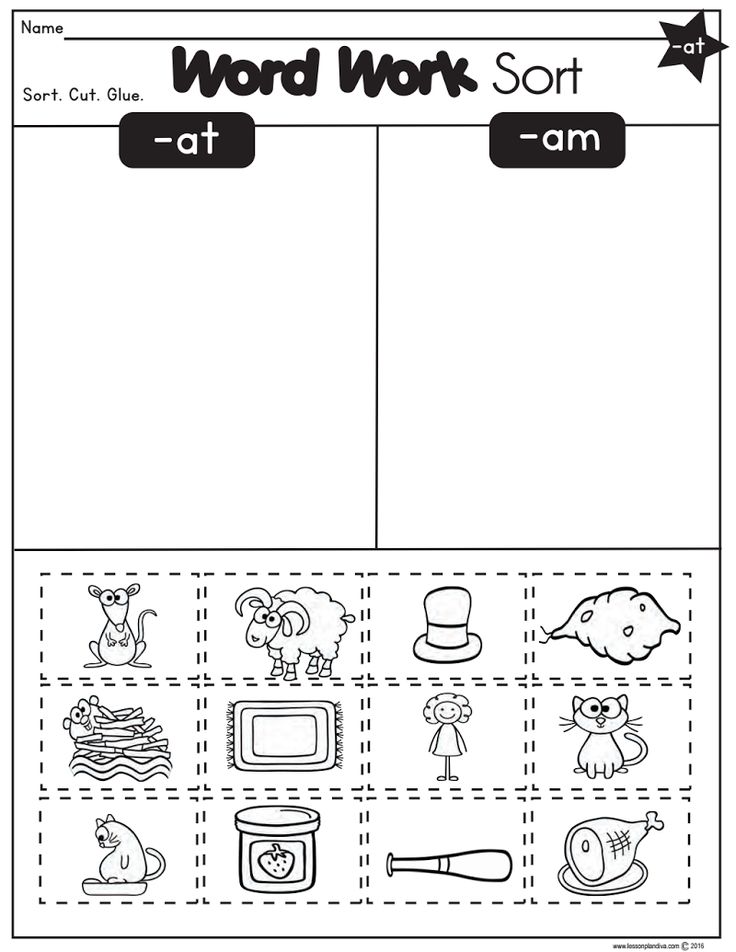 You can create your own mini-charts using the words in bold print letters in each verse of the Song Lyrics.
You can create your own mini-charts using the words in bold print letters in each verse of the Song Lyrics.
Find out more about Sing Your Way Through Phonics products.
Order our cost-saving Volume 1 Combo online.
Procedure:
- Say, “Now that we can recognize our letters, let’s find out about a special group of letters we call vowels.”
- Distribute capital letter cards A, E, I, O, U, and Y to six students, one card per child.
- Tell the class that these are the vowel letters and that every word has at least one vowel letter in it. Ask the class to name the vowel letters on the cards.
- Distribute lower-case letter cards a, e, i, o, u, and y to six other students and ask the students to name these lower-case letters.
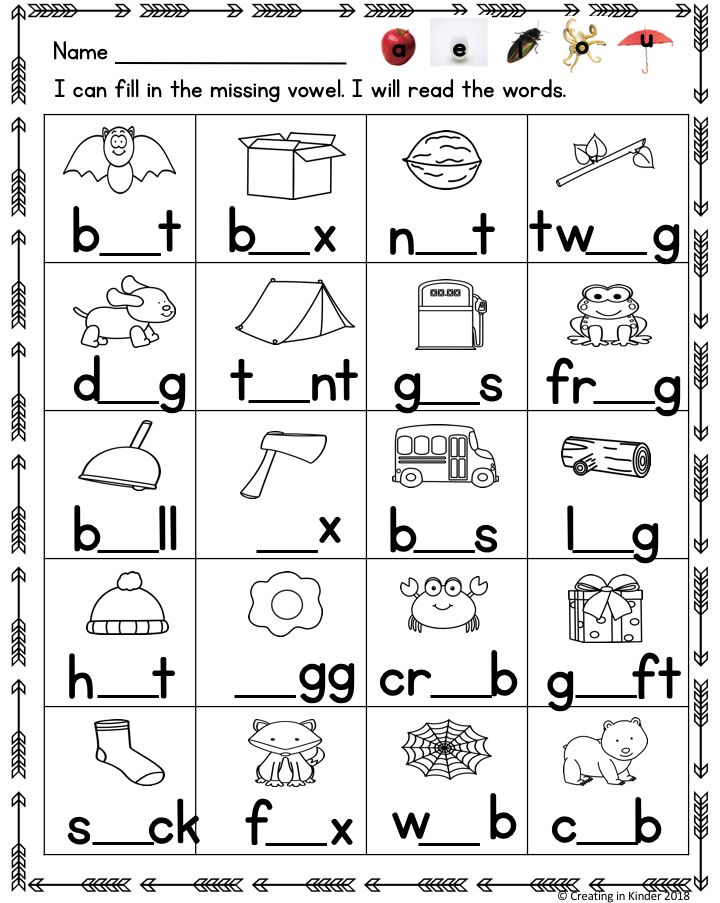
- Ask the students holding the lower-case letters to stand next to their partner letters, forming the pattern Aa, Ee, Ii, Oo, Uu, Yy and ask the students to name this set of vowel letters. (Students should just name the letters without saying “capital” or “lower-case.”
- Set the twelve letter cards on the chalk ledge and call six students to select either a capital or lower-case letter from each set of partners. Ask the six to line up facing the class. (Example: A-e-i -O-U-y) Ask the class to name the set of vowels they see.
- Repeat Step 6 with one or two more groups, forming other combinations of capital and lower-case vowel sets.
- Say, “Now we are going to listen to a song about the vowel letters to help us remember them.
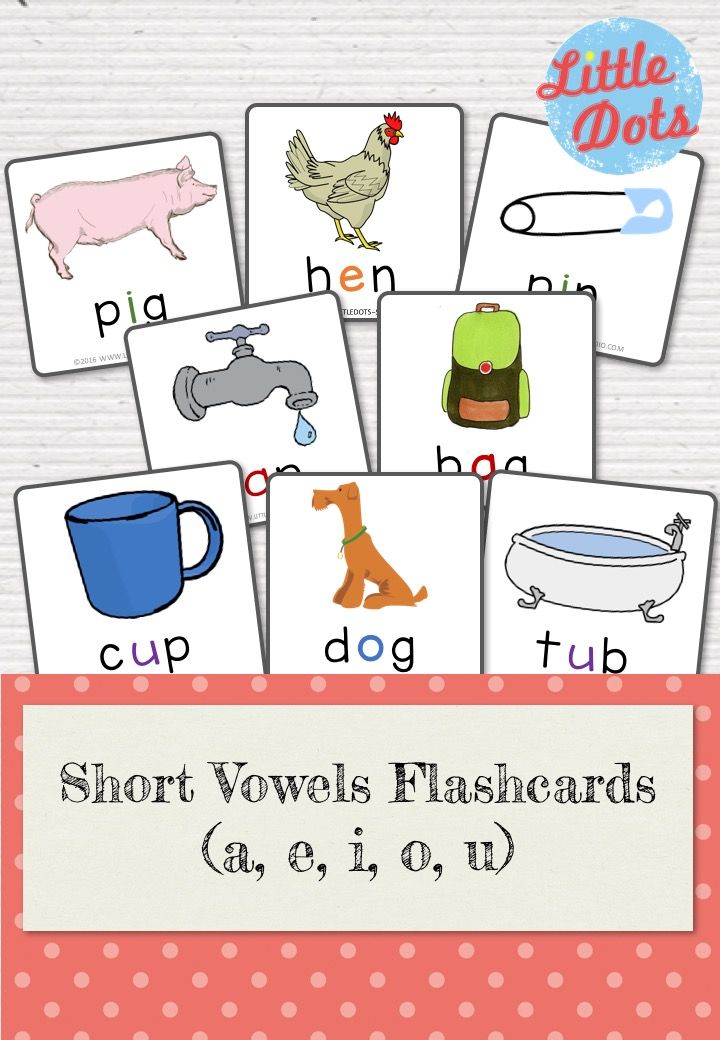 At first, the singers will name and sing all the vowel letters. Then, you will hear a clap when one of the vowels is left out. See if you can think the names of each vowel that is left out.” Play Sing Your Way Through Phonics Volume 1 CD, Track 7--Name Those Vowels and point to the Mini-Charts on pages 34-40.
At first, the singers will name and sing all the vowel letters. Then, you will hear a clap when one of the vowels is left out. See if you can think the names of each vowel that is left out.” Play Sing Your Way Through Phonics Volume 1 CD, Track 7--Name Those Vowels and point to the Mini-Charts on pages 34-40. - Point to Mini-Chart p. 35. Ask, what vowel was left out? (A)
- Point to Mini-Chart pages 36-39, asking what vowels were left out on each page.
- Say, “What happened at the end of the song?” (All the vowels were sung again.)
- Say, “Now, let’s try singing the song with the CD.”
- Play Track 7 again, pointing to the Mini-Charts and reminding the students to just “think” the names of the left-out vowels in their heads and clap for each vowel they don’t sing.
- Ask students, “What do we call the special set of letters we practiced today?” (vowels) “And what are the vowel letters?” (a, e, i, o, u, and sometimes y)
Follow-up:
- Practice singing Name Those Vowels daily for a few days.
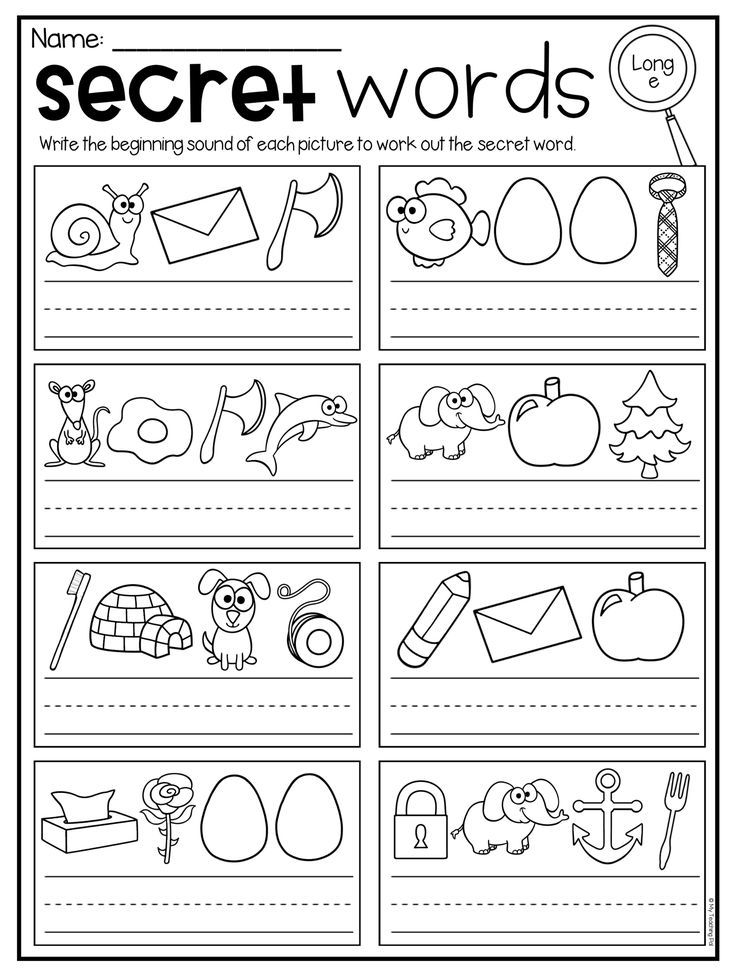 Then try singing the song without hearing the words, using the instrumental track (Track 8). Allow different students to point to the Mini-Charts words while singing.
Then try singing the song without hearing the words, using the instrumental track (Track 8). Allow different students to point to the Mini-Charts words while singing. - Using the Mini-Chart Templates, vary the order of vowels (Ex: e-o-i-u-a) and mix upper and lower-case (Ex: I-U-a-o-E).
- As a learning center task, have students do letter sorts, separating vowels from consonants. Be sure to include capital and lower-case letters. Use plastic letters, letter cards, or Scrabble tiles.
- Find vowels in books and magazines. Call attention to alternate print forms of the letter a. This might also be a good time to call attention to alternate print forms of the letter g.
Extensions:
- Introduce the Read-and-Sing Book, Name Those Vowels.
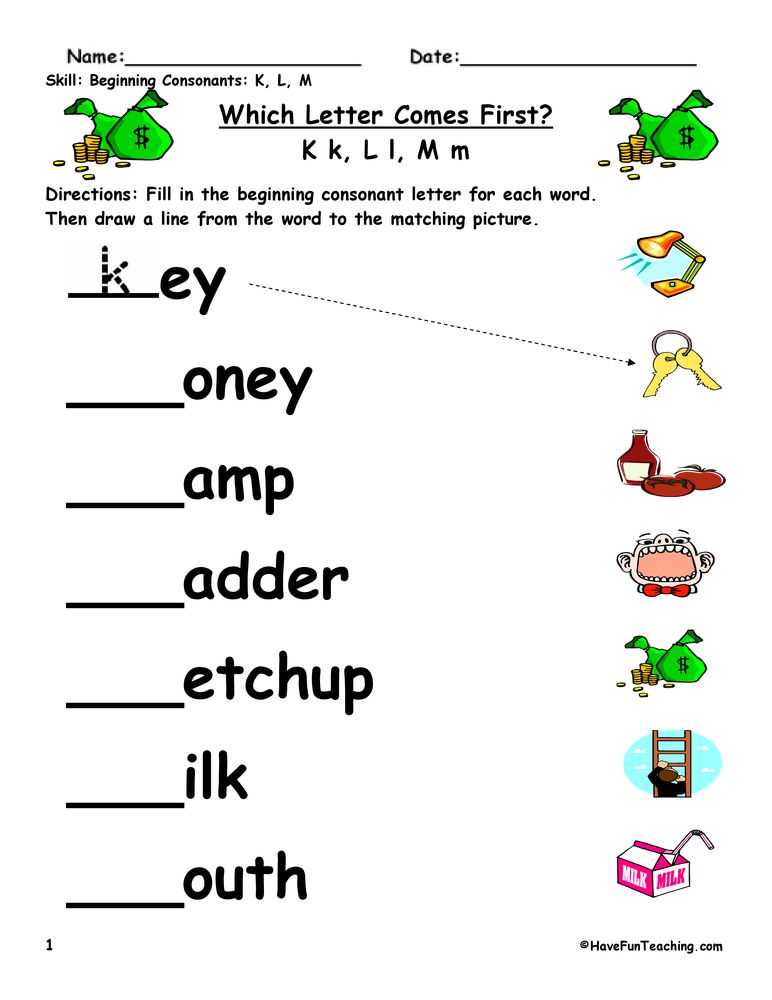 Readers can point to the vowels imbedded in the illustrations while singing this playful song set to the folktune Bingo. Each time a vowel is omitted in the lyrics, singers can substitute a clap, a pencil tap, a knuckle rap, a foot stomp, a rhythm instrument sound, or the word, "Sh!" Keep a few copies of the book at a literacy center equipped with headsets so that students can gain practice in listening, singing, and remembering the names of the vowels.
Readers can point to the vowels imbedded in the illustrations while singing this playful song set to the folktune Bingo. Each time a vowel is omitted in the lyrics, singers can substitute a clap, a pencil tap, a knuckle rap, a foot stomp, a rhythm instrument sound, or the word, "Sh!" Keep a few copies of the book at a literacy center equipped with headsets so that students can gain practice in listening, singing, and remembering the names of the vowels. - In newspapers, circle words with 1 vowel in red, 2 vowels in blue, 3 vowels in green, 4 vowels in orange, 5 vowels in black. Have a timed contest to see who can find the most examples of each. Winners need to read out the vowels in the words they circled to check for accuracy.
- Teach students American Sign Language for the vowels. Have them sign the letters as they sing.
- Play A-E-I-O-You! Each student says these five vowels and points to another student on the word “you.” After everyone has had a turn, everyone says the vowels in unison and all point to the person of their choice on the word “you.
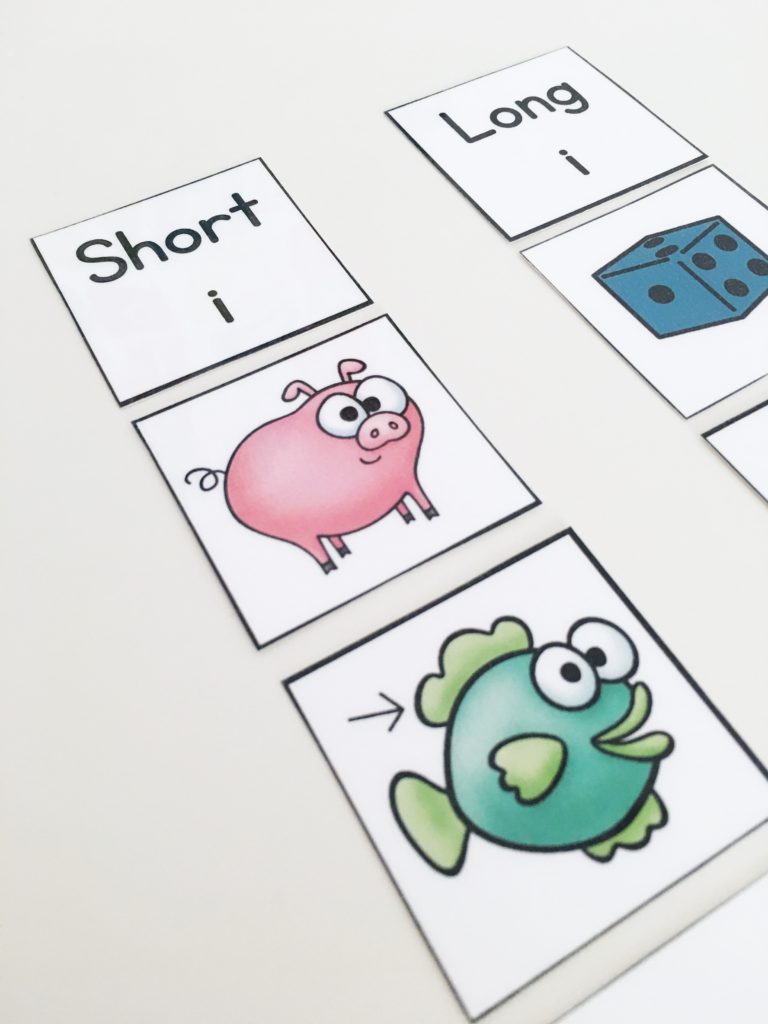 ”
” - Examine the vowels in students’s names. Have students trace the vowels on their name cards in a contrasting color crayon or highlighter marker. Do this with simple words in students’ sight vocabulary. (Ex: stop, walk, exit, baby)
- Compare objects and animals in alphabet books for the vowel letters. For example, one book might display an apple for the letter a while another might display an ape for the same letter.
Evaluation:
- Students correctly read all the vowels on Mini-Charts pp.34 and 40 without assistance, or
- Students pass a written test where they circle capital and lower-case vowels sprinkled in among consonants.
Order our cost-saving Sing Your Way Through Phonics Volume 1 Combo online ($33.95) containing the CD, Mini-Charts, Song Lyrics, and Teaching Suggestions — everything you need for this lesson! Or, print out an order form to mail/FAX to us.
All about vowels – activities and a song for young learners
Early Years English
Support and resources for young English Language Learners
Search
Search for: Go
Basic English, Zero English
Posted by C ⋅ ⋅ 5 Comments
Filed Under games, kindergarten, literacy, metalinguistic, preschool, reading, songs and chants, spelling, vowels
Metalinguistic knowledge (knowledge about language) is important for all children, but especially for children learning English as an additional language. I use these activities to introduce very young children to the basic alphabetic categories they will encounter throughout their schooling. I’ve used the song and activities with children aged 3 – 7. They all seem to enjoy it, and we have even performed it for parents.
The key learning objectives for these activities are:
- Children will learn that the English alphabet contains 5 vowels.
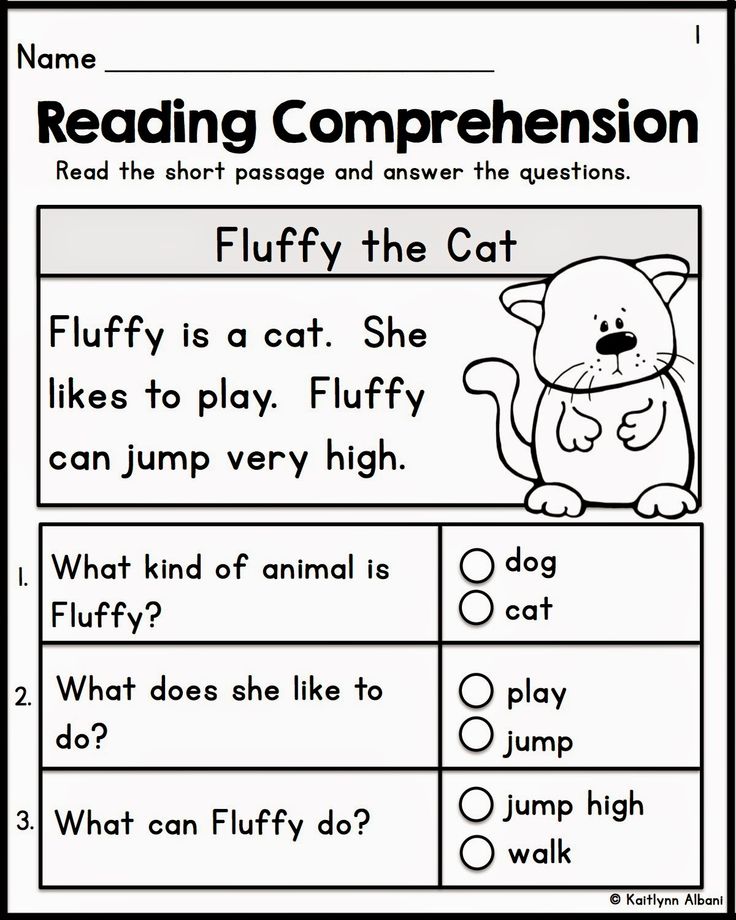
- Children will learn the letter names of the vowels.
- Children will be able to identify vowels within a word
- Children will begin to understand and use the terms alphabet, letter, word, vowel.
- Children will also gain exposure to the written forms of the English words that they are most likely to encounter.
All About Vowels lesson plan
This lesson plan gives instructions for 4 quick and simple games, a song about vowels, ways to extend the song for more advanced learners, and a template letter to send home to families. Suitable for very young children with little or no prior experience with English literacy.
‘The Vowels Song’ lyrics sheet
Warning! It’s catchy!
Vowels (+ y) cards.
These are large one-to-a-page cards, that I use for class games, displays, and when the children are performing the song. The vowels are color-coded to make their names easier to remember.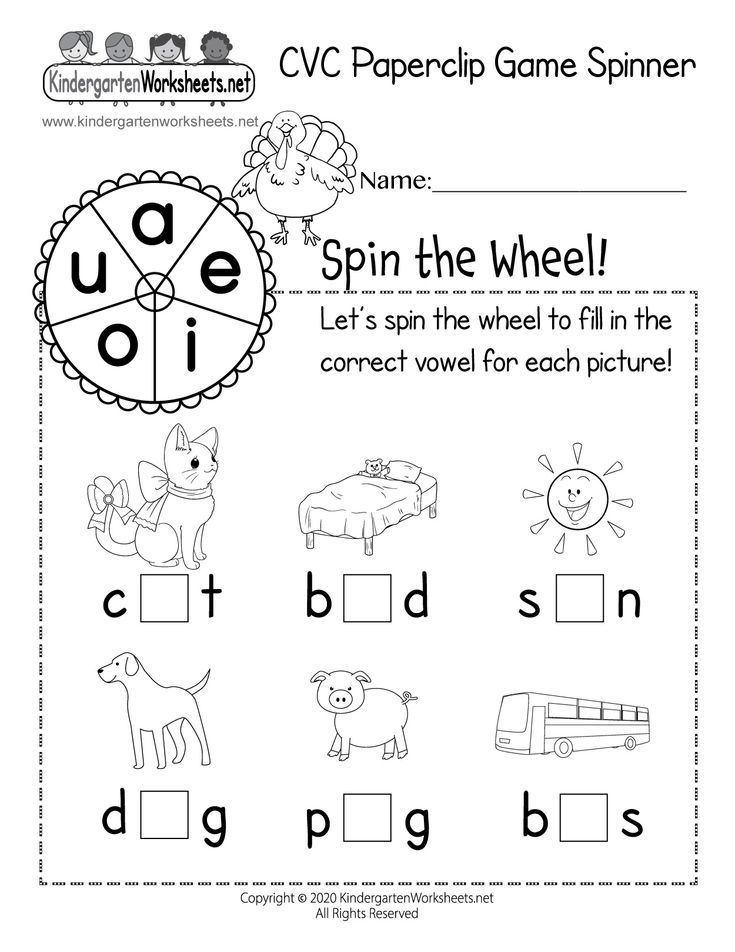 I tried to use colors that sound like their names. A is gray, E is green, I is white, O is yellow, U is blue. I didn’t color code Y because it isn’t a vowel, and I couldn’t for the life of me think of a color that rhymed with it! They are all lower case, as that is the case in which children are far more likely to encounter letters, and is also the case that is used for the words in the later activities. It’s important to remind the children that this lesson uses the letter names, and not letter sounds. The distinction between letter sounds and letter names can be confusing at first, but stick with it – it’s important!
I tried to use colors that sound like their names. A is gray, E is green, I is white, O is yellow, U is blue. I didn’t color code Y because it isn’t a vowel, and I couldn’t for the life of me think of a color that rhymed with it! They are all lower case, as that is the case in which children are far more likely to encounter letters, and is also the case that is used for the words in the later activities. It’s important to remind the children that this lesson uses the letter names, and not letter sounds. The distinction between letter sounds and letter names can be confusing at first, but stick with it – it’s important!
Vocabulary cards: 100 most common words.
I use these for extension activities. Children practice finding the vowels in these familiar words. The common words were taken from the Dolch List of common words, and are roughly in order of frequency. Words with ‘y’ instead of a vowel are at the end of the set.
Vocabulary cards: 100 most common words with vowels highlighted.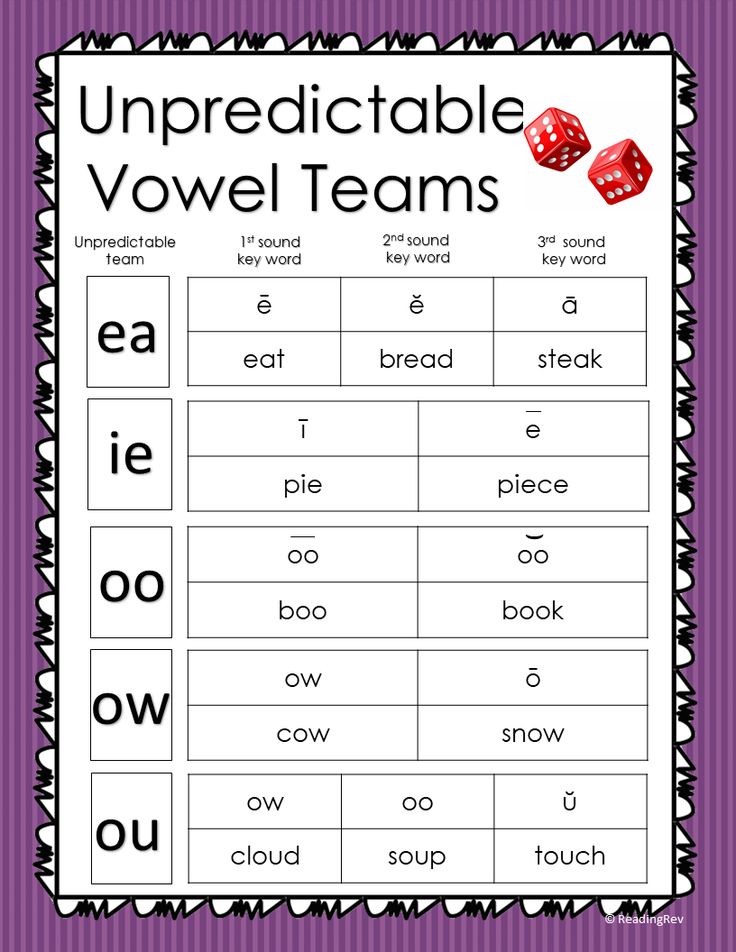
This set contains the same words as above, but with the vowels highlighted and color-coded. This makes it easier for young children to identify the vowels.
Vocabulary cards: 100 most common nouns.
For English language learners, I find that many of the common words from the Dolch List are abstract and difficult to understand, so I use this list instead. This is the Dolch list of common nouns found in children’s books. I added a few that I was surprised to see missing from the list – ‘Mom’, ‘Mum’, ‘Dad’, ‘computer’ and ‘book’.
Vocabulary cards: 100 most common nouns with vowels highlighted.
These are the same words as above, but with the vowels highlighted and color-coded.
Vocabulary cards: 100 most common nouns with images.
The same words again, but with images for each word. A few of these words (such as ‘good-bye’) were very difficult to represent, so I’ve left them blank.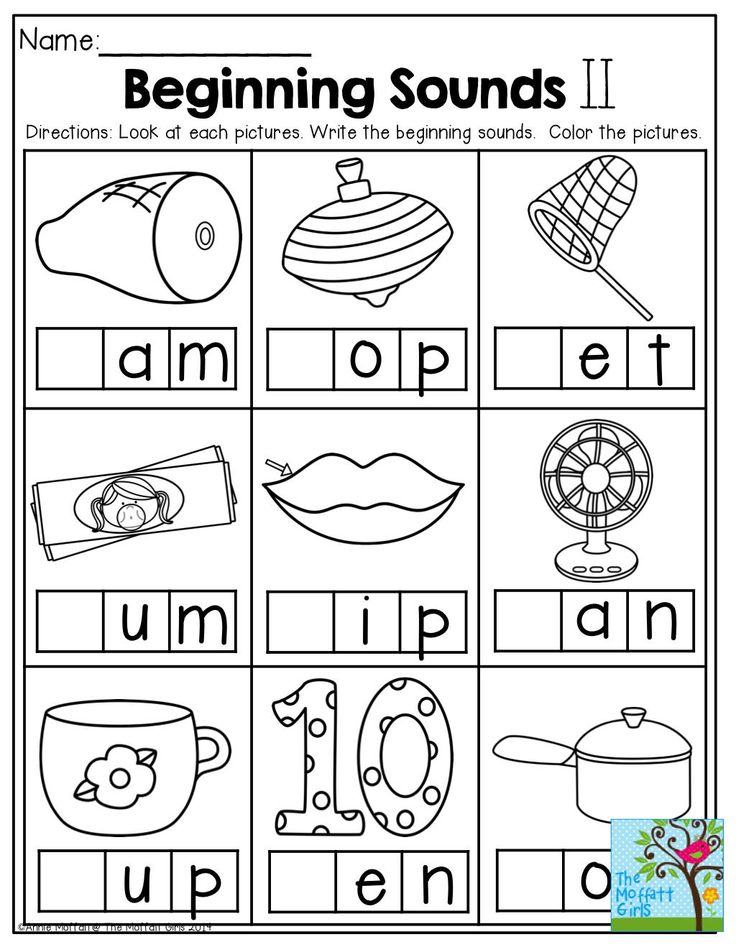 Others, such as ‘home’ or ‘mother’ were very difficult to represent in just one image. I’ve done the best that I can, but if you have any suggestions or comments, please contact me.
Others, such as ‘home’ or ‘mother’ were very difficult to represent in just one image. I’ve done the best that I can, but if you have any suggestions or comments, please contact me.
Vocabulary cards: words with ‘y’
Introduce these when your students are ready to learn the exceptions to the rule!
Blank word cards.
Use these if you think I’ve forgotten any important words, or if you want to use the student’s names.
How do you teach your young learners about vowels? Leave us a comment!
You might also like…
Like this:
Like Loading...
« ‘A Day Without Media’ – Are our students really addicted to the internet?
Early Years English reader survey »
Vowels | Outline of a lesson in speech therapy (preparatory group) on the topic:
Municipal budgetary preschool educational institution
Kindergarten of combined type No.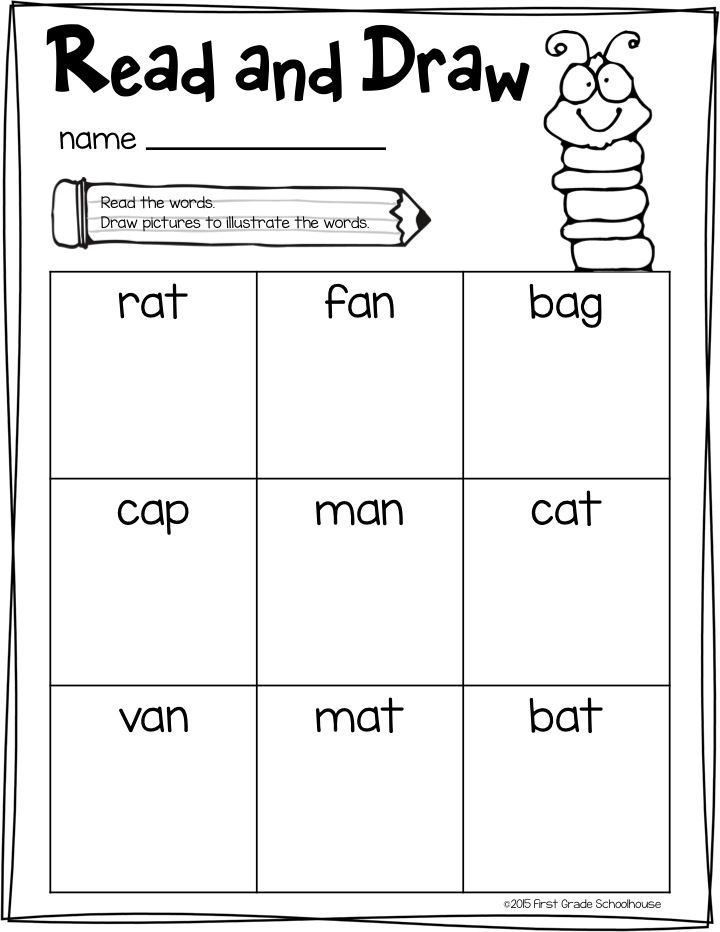 5 "Golden Key"
5 "Golden Key"
municipality
Lyubertsy municipal district of the Moscow region
Synopsis
frontal classes
in the preparatory speech therapy group
Topic: "Vowels"
Compiled
teacher-speech therapist
Surodeeva Olga Gennadievna
Lyubertsy 2017
Purpose: to improve phonemic hearing and perception.
Program tasks:
Correctional and educational:
- fix the correct pronunciation of vowels [a, y, o, e, i, s];
- to form and expand children's vocabulary on the topic "Autumn";
Correction and developmental:
- to teach children to distinguish vowels [a, y, o, e, i, s] from the composition of syllables, words; nine0003
- develop articulatory motor skills;
- to teach children to change the strength and pitch of the voice;
- develop phonemic hearing and perception;
- to form children's self-control over speech through oral, tactile-vibrational and acoustic control;
Correctional and educational:
- to cultivate respect for the environment.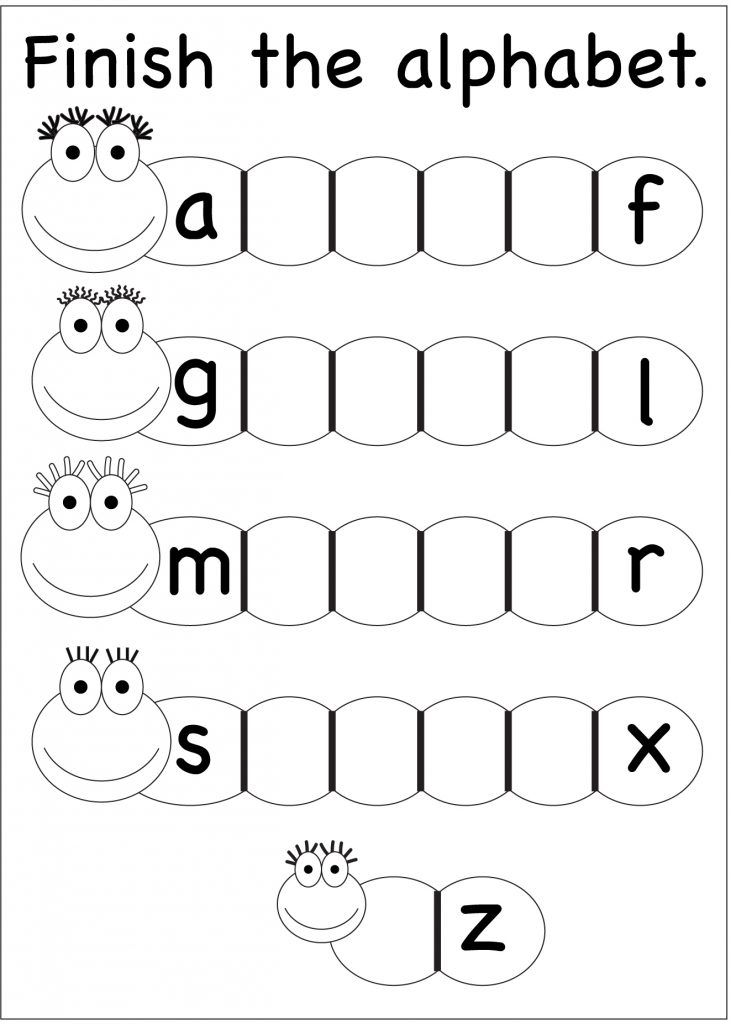
Program content:
1. Organizational moment: greeting, articulatory gymnastics, exercises for the development of diaphragmatic breathing. nine0003
2. The course of the OOD: getting to know the topic of the lesson, the game "Tickets".
- Phonetic analysis and synthesis of sound combinations: the game "Ears on top", a task to determine the place of sound in syllables, words.
- Dynamic pause: Vowels game;
- Phonetic analysis and synthesis of words: game: “Magic bag”; game "Foreign Letters".
3. Summary of the lesson: Evaluation of children's activities.
Equipment: sound diagram, letters A, U, O, E, I, S, easel, red chips, blue chips. nine0003
Methods and techniques: conversations, questions, games.
Progress OOD:
I. Introductory part (Organizational moment).
Children stand in a circle on the carpet.
Speech therapist: Good morning guys!
Children: children's answers.
Speech therapist: Smile to each other, and we will start classes in a good mood.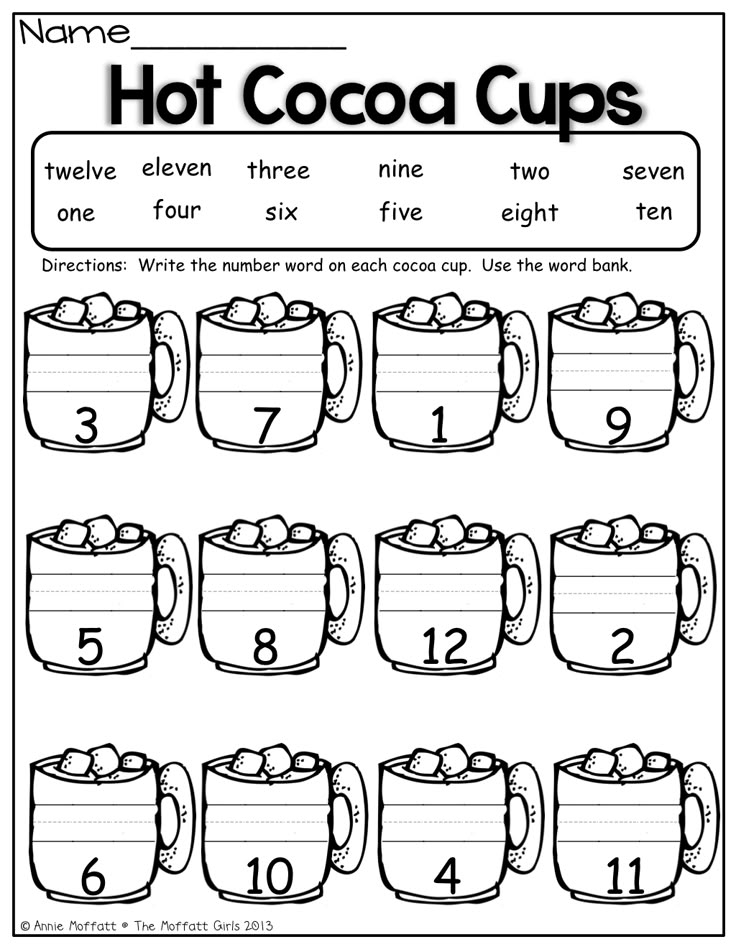
Guys, you and I must remember our rule of conduct in class.
Children:
We always speak beautifully
Loudly and slowly
We speak smoothly and clearly
And of course we are not in a hurry.
Speech therapist: And I also want to say:
We will now again
Watch, listen, think,
But do not interfere with each other.
Let's stretch our lips and tongue.
Development of articulatory motor skills.
- exercises for lips: smile - proboscis, fence;
- exercises for the tongue: "tasty jam", "watch".
Development of diaphragmatic breathing. nine0003
- And now let's inflate the tummy like a balloon.
The speech therapist together with the children recites a poem:
Here we are inflating the balloon,
And we check it with our hand (we inflate the belly).
The balloon burst - exhale,
We relax our muscles.
II. Main part.
Speech therapist: Guys, on this wonderful autumn morning, we will go to a fairy-tale land to the land of ABVGDEY-ka.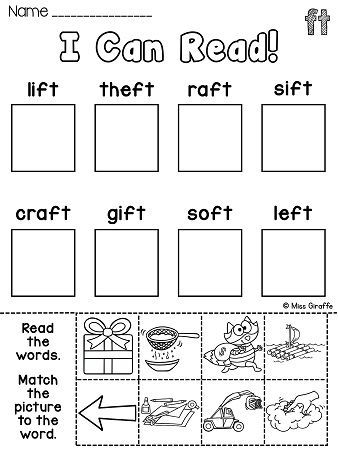 We will go there on the magic train.
We will go there on the magic train.
And we can only get on the train...
Children: children's answers. (by ticket)
Speech therapist: You need to look at the picture and determine which sound is "hidden" at the beginning of the word.
Children: Children, get tickets, answer. (Children, answering, stand behind the speech therapist, creating an impromptu train. Game "Tickets")
Speech therapist: Name all the sounds that you just said? (Children's answers)
Speech therapist: What are these sounds called?
Children: vowels.
Speech therapist: Why are they vowels? (Children's answers)
Speech therapist: Well, let's go. (music sounds, children sit at the tables). Here we are in a magical fairyland. In the country of ABVGDEY-ka, interesting games and tasks are waiting for you, with the help of which we will consolidate knowledge about vowel sounds and letters.
Task #1. Exercise "Ears on top"
Speech therapist clearly pronounces combinations of sounds, consistently complicating the task.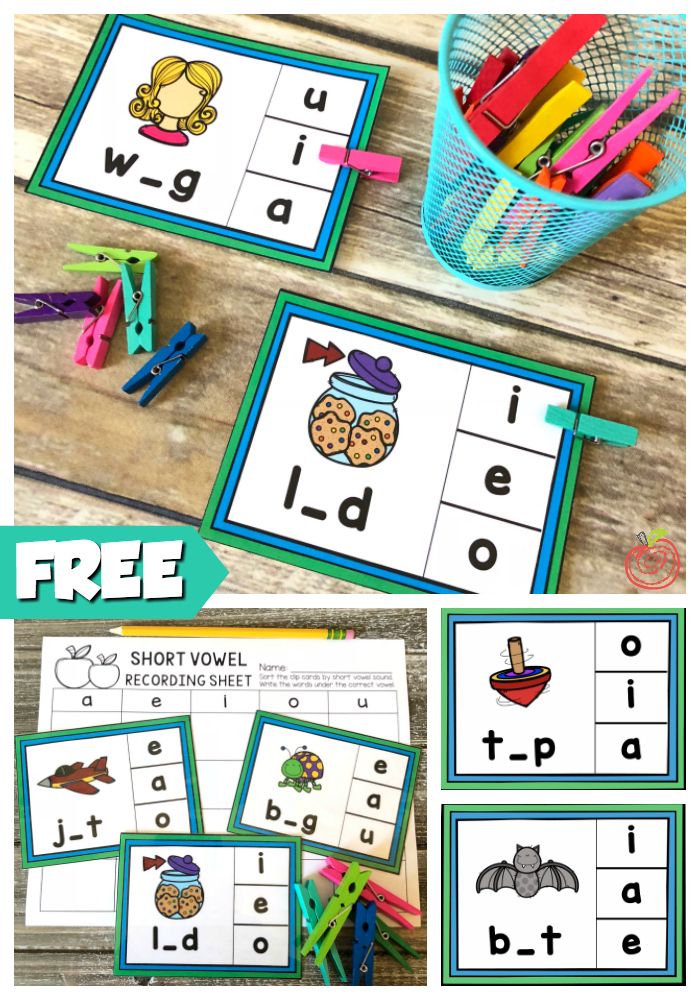 Children perceive them only by ear and call the number, order of sounds in combination: ay, wah, ah, wah, oya, aoi. nine0003
Children perceive them only by ear and call the number, order of sounds in combination: ay, wah, ah, wah, oya, aoi. nine0003
Children's answers.
Speech therapist: Well done, you coped with the task.
Task number 2. Determining the place of sound in syllables, words.
Children lay out syllable schemes from colored chips.
- Sound analysis and synthesis of syllables of the type: AP, AS, SA, PA.
Laying out the sound scheme of the word with colored chips. Determining the place of sound in a word
- Sound analysis of the word "Poppy", "Cat", "Kit", "Bull", "Soup"
Speech therapist: you guys are a little tired. Let's take a break and do the following movements. (Music playing)
Dynamic pause.
Game: “Vowels”
Children repeat movements and text after the speech therapist:
There are only six vowels,
They are easy to sing, read:
[A] - blooms on Astra,
[I] - flies on the Oriole,
[O] - sits on the Donkey,
[U] - looks at the Street,
[E] - responded to the Echo,
[s] - got into the inside of the words,
Cheese ate a pumpkin And he asked for more! nine0193 Speech therapist: The next task is called “The Magic Pouch.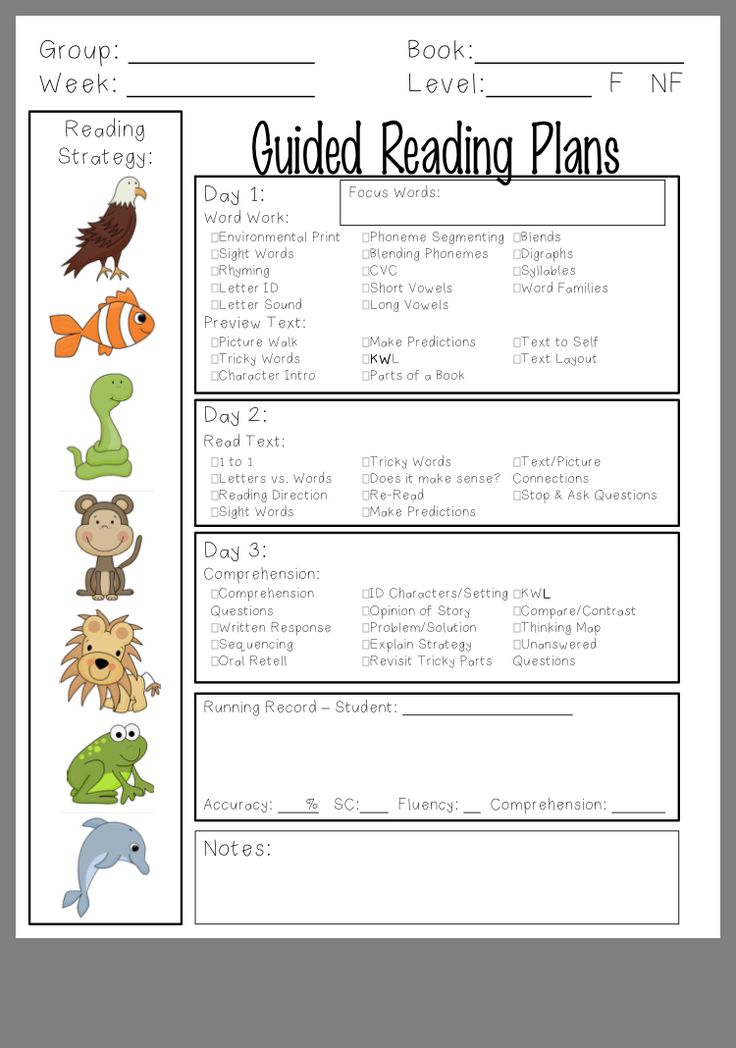 Some of you will receive tasks and will answer, while the rest will listen carefully. (The child loudly calls out the word written on the piece of paper. Children specify the number of syllables in each of the words, suggest highlighting and determining the position of vowels in the named word.)
Some of you will receive tasks and will answer, while the rest will listen carefully. (The child loudly calls out the word written on the piece of paper. Children specify the number of syllables in each of the words, suggest highlighting and determining the position of vowels in the named word.)
Speech therapist: Guys, tell me, how do we designate a sound in a letter?
Children: letter.
Speech therapist: What is a letter?
Children: this is what we see and write. A letter is a sign representing sounds in writing. Game "Foreign Letters". nine0003
Speech therapist: A caterpillar came to visit us and brought the letters we got acquainted with. Guys, don't they seem strange to you.
Children: children's answers. (letters left unfinished)
Speech therapist: Take a pencil and type in the letters.
Children complete the elements of the letters.
Speech therapist: what did we do?
Children: we typed the letters correctly.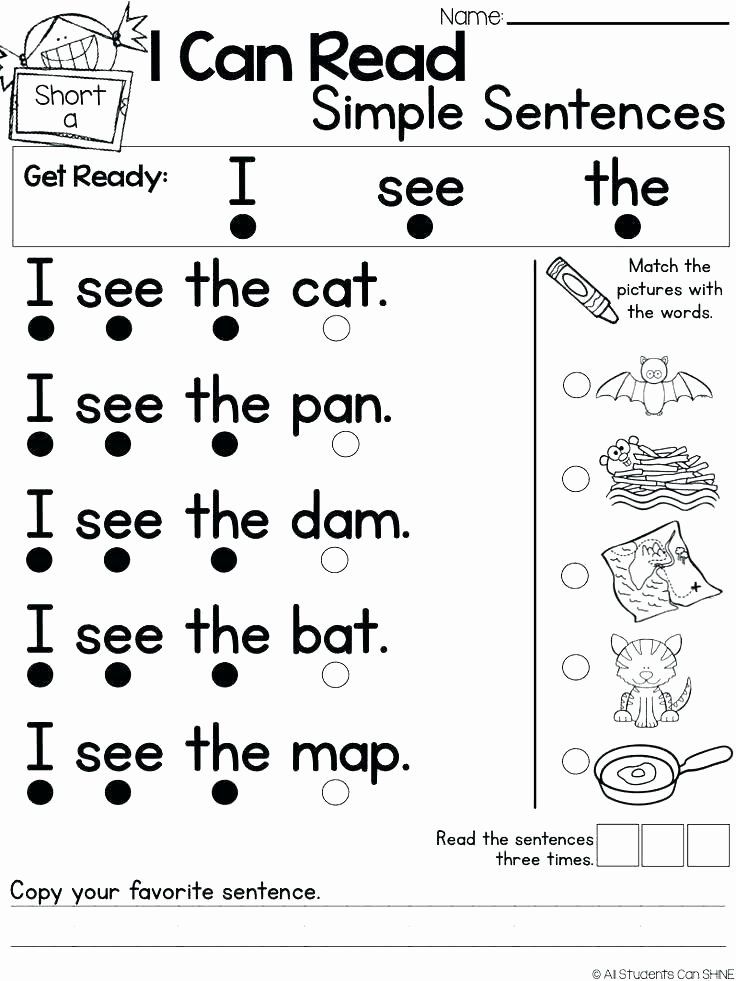
Sh. Summary of the lesson. Reflection
Speech therapist: You liked playing in the country ABVEGDEY-ka. nine0003
This tree grows in the country of Abvgdei-ka, let's decorate it with leaves
(children decorate the tree with leaves). If it was easy for you and you completed all the tasks, decorate the tree with a yellow leaf. If you experienced difficulties - orange. (Children who have orange leaves fix the material in an individual lesson).
Speech therapist: What tree did you get?
Children: Autumn, colorful.
Speech therapist: Our trip to the country is coming to an end, but I think we will return there. Why do you think? nine0003
Children: To learn about other letters?
Literature:
1. Programs of compensatory preschool educational institutions for children with speech disorders. Correction of speech disorders / Filicheva T.B., Chirkina G.V., Tumanova T.V. M.: Education, 2010.
2. The program of education and training of preschool children with severe speech disorders / L. B. Baryaeva, Gavrilushkina O.P., Golubeva G.G. and etc.; Under. Ed. prof. L.V. Lopatina. - St. Petersburg: TsDK prof. L.B. Baryaeva, 2009.
B. Baryaeva, Gavrilushkina O.P., Golubeva G.G. and etc.; Under. Ed. prof. L.V. Lopatina. - St. Petersburg: TsDK prof. L.B. Baryaeva, 2009.
3. Konovalenko V.V., Konovalenko S.V. Frontal speech therapy classes in the preparatory group for children with phonetic and phonemic underdevelopment. A guide for speech therapists. - M .: "Gnom-Press", "New School", 1998.
4. Paramonova L.G. Poems for the development of speech. - St. Petersburg: Delta, 1998 5. Tkachenko T.A. In the first grade - without speech defects: Methodological guide. – St. Petersburg: Detstvo-press, 1999.
6. Filicheva T.B., Chirkina G.V. Elimination of general underdevelopment of speech in preschool children: pract. allowance. M.: Iris-press, 2008.
One, two, three, four, five
We will now again
Watch, listen, think,
But do not interfere with each other.
Speak clearly,
Do not fidget, do not play pranks.
Guys, tell me how we designate a sound in a letter - a letter.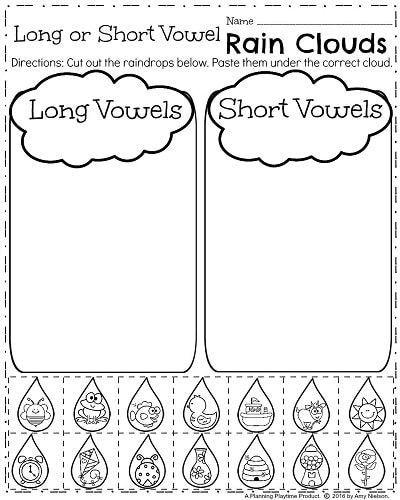
- What is a letter - this is what we see and write.
Rule: A letter is a graphic sign denoting sounds in a letter
Abstract of a literacy lesson "Learning vowels and consonants with Masha" | Outline of a lesson on teaching literacy (preparatory group):
Municipal budgetary preschool educational institution kindergarten No. 1 "Kolosok" of the Komsomolsky district of the Chuvash Republic
Summary of teaching literacy with children preparatory for the school
on the topic:
"Learn vowels and consonants together with Masha"
| Prepared by: speech therapist MBDOU Kindergarten No. 1 "Kolosok" of the first qualification category of Nizamova Zilya Semigullovna |
Komsomolskoye, 2019
Goal: Teaching children the ability to differentiate sounds into vowels and consonants
Tasks:
Educational:
- Continue to learn to divide isolated sounds into vowels and consonants, observing your voice and articulatory organs;
- Continue to learn to highlight 1 sound in a word and correlate it with a certain color, depending on whether the sound is a vowel-consonant;
- Continue to learn how to perform sound analysis of the word; nine0062
- Exercise in the ability to select words for a given scheme.
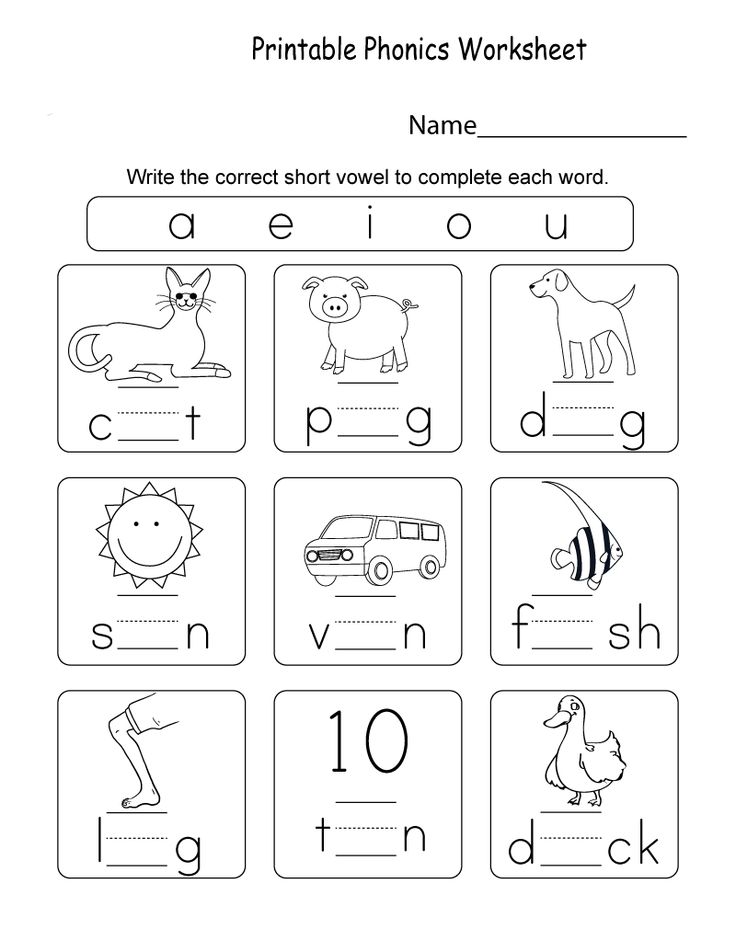
Developing:
- Develop auditory attention and phonemic hearing;
- Develop auditory memory, thinking.
Educational:
- Continue to develop the ability to act according to instructions;
- Continue to teach to listen carefully to an adult, to be active.
Course of the lesson
Organizational moment
- Good afternoon, guys! Look who came to visit you today? Did you recognize her? (shows the doll Masha from the cartoon "Masha and the Bear") Of course, this is Masha! She, like you guys, is going to school soon. Misha prepared tasks for Masha to check if she is ready for school. (The teacher shows a closed box with the inscription "Masha") But, Masha is afraid that she will not cope with the tasks alone. Well guys! Are you ready to help Masha? (Yes) Get ready and you Masha listen carefully and memorize! nine0003
- Dividing sounds into vowel and consonant
- Before going to school, we must learn to hear all the sounds in a word and determine which sound is a vowel or a consonant. So let's make a sound! (Children sing the sound A). Does the voice come out freely? (Yes!). That's right, the voice comes out freely, which means the sound is a vowel. Let's make the sound C! (Children pronounce) Does the voice come out freely or is something preventing it? (Answers of children). The voice meets an obstacle in the form of teeth and tongue, which means the sound is consonant. (Next, the teacher pronounces the sounds O, Sh, M, U, Z, Y, E, D - the children determine whether the sound is a vowel or a consonant)
So let's make a sound! (Children sing the sound A). Does the voice come out freely? (Yes!). That's right, the voice comes out freely, which means the sound is a vowel. Let's make the sound C! (Children pronounce) Does the voice come out freely or is something preventing it? (Answers of children). The voice meets an obstacle in the form of teeth and tongue, which means the sound is consonant. (Next, the teacher pronounces the sounds O, Sh, M, U, Z, Y, E, D - the children determine whether the sound is a vowel or a consonant)
2. The game "Determine what sound and raise the circle of the desired color"
- Guys, and you, Masha, must remember that we denote vowel sounds in red, the voice comes out freely, it is sung, nothing interferes with it (a picture is shown -scheme). We designate consonant sounds in blue, the voice meets an obstacle in the form of teeth, lips, tongue (a picture-diagram is shown)
I suggest playing a game. I will name the sounds, and you will determine the sound of a vowel or consonant and raise the desired color (The teacher calls the sound - the children raise the circles of the corresponding color)
3.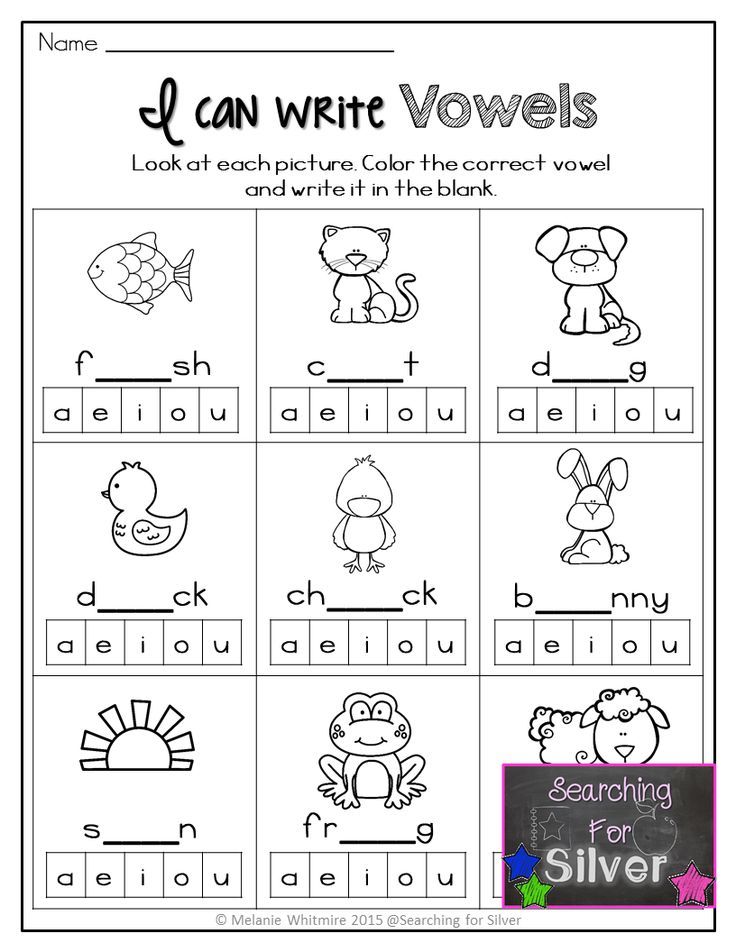 Naming vowels
Naming vowels
- So, let's name the vowels again. There aren't many of them. (Children call the vowels A, O, U, Y, E, I)
4. Task "Name the picture and stick a circle of the right color"
- Guys, we can distinguish between vowels and consonants. And now we are ready to help Masha complete one of the tasks in the package. (The teacher takes out a poster with pictures and self-adhesive mugs in blue and red). You must determine what sound the picture begins with and stick a circle of the desired color next to it. If the word begins with a vowel sound, glue a red circle next to it. If from a consonant, we glue a blue circle. (Children perform the first few pictures together with the teacher. Then each child goes to the easel, loudly calls the picture, and sticks the right circle)
- Well done guys! You did it. Let's move on to the next task from the package.
5. Game exercise "Put the pictures in the right houses"
The teacher takes out two cardboard houses with a red and blue roof, as well as pictures.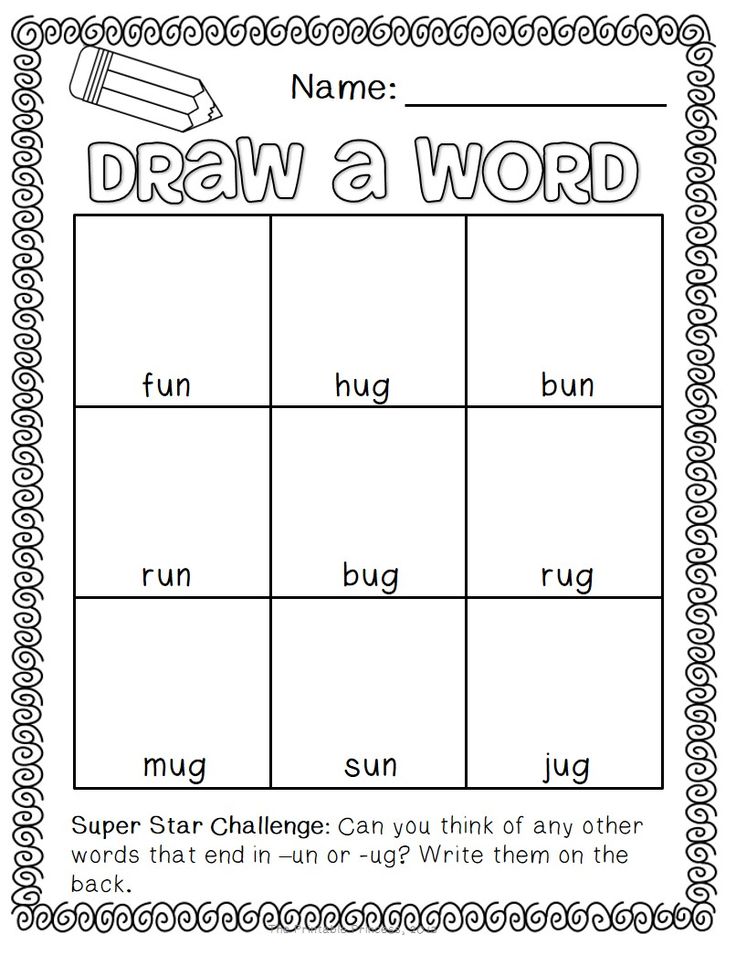 In the center of the house, instead of windows, there are transparent pockets for inserting pictures.
In the center of the house, instead of windows, there are transparent pockets for inserting pictures.
- Guys, in front of you is a house with a red roof and a house with a blue roof (The teacher fixes them on an easel). And also pictures. You will need to determine with what sound (vowel or consonant) the word in the picture begins and populate it in the right house. We will name the picture quietly, to ourselves. nine0003
6. Physical education
We know a lot of words on the vowel: Stork autumn duck hoar. (Children step on a red circle and jump on the spot) on the consonant, we also know: Beetle of firewood grass goat. (Children step on a blue circle and jump on the spot) And now, a friend do not yawn, you come correctly! (The teacher calls words to vowel and consonants, children step on circles of the right color). nine0003
7. Sound analysis of the word COM
- Let's move on to the next task from the premise. (The teacher takes out a poster and three circles: two blue ones and a red one) A riddle is written here. The mystery about the most beloved fish of Masha
The mystery about the most beloved fish of Masha
A huge fish lies at the bottom, as if a block. Lies, moves his mustache, does not tell the fish to yawn. There is a house in a deep pool, , , , , , , , , , , ,0003
- We need to spell out the word COM using these circles. So, what 1 sound is heard in the word COM (Correctly C) C is what sound (Consonant). So, we put in a circle of what color (Blue) What sound goes on (Sound O) O - this is what sound (Vowel). So, lay out a circle of what color (Red). What we got (CO). Which sound comes next (Sound M). M is what sound (Consonant). So, we put a circle of what color (Blue) Name the consonant sounds in the word COM (M and C). What is the vowel sound in the word COM (O). Well done! nine0003
8. Selection of pictures for the scheme. Isolation and naming of consonants and vowels in words.
- Look at the pictures. (The teacher takes out a poster with pictures). Find and name the pictures that match our scheme. (Scheme is shown: blue, red, blue).